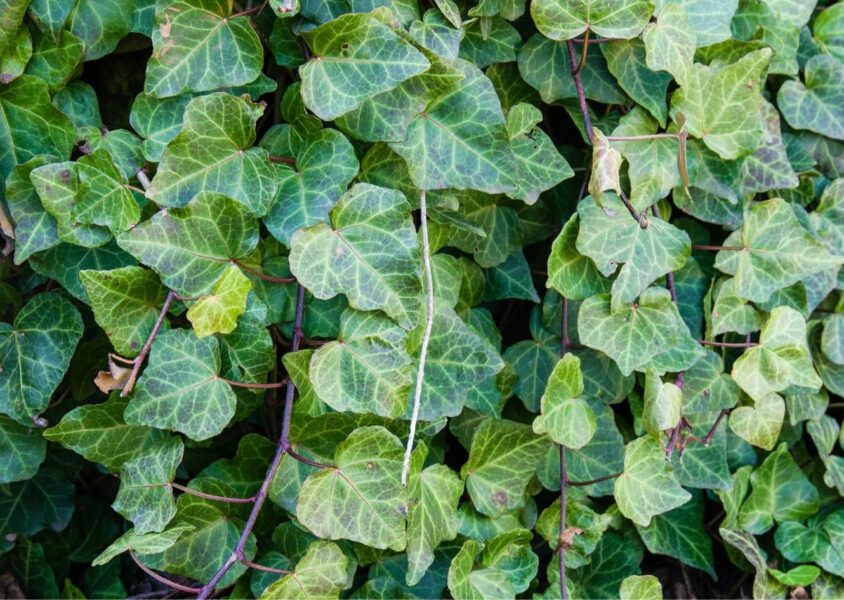Plants to Avoid Indoors

Bringing plants indoors can offer a wide range of benefits, from air purification to psychological well-being. However, it is important to be aware that not all plants are suitable for indoor spaces. Some plants can cause health problems, while others are difficult to care for and may not thrive in the conditions found in most homes and offices.
Some plants can cause allergic reactions in certain individuals, particularly those with respiratory issues. Ferns, chrysanthemums, and English ivy are common examples of plants that can cause allergic reactions. These plants release microscopic spores that can trigger allergic reactions, such as sneezing, watery eyes, and runny nose. People who have allergies or asthma should avoid keeping these plants in their indoor spaces.
Another important reason to avoid certain plants indoors is that some of them are poisonous. These plants are toxic and can cause harm if ingested or if their sap comes into contact with the skin. Examples of toxic indoor plants include dieffenbachia, oleander, and mistletoe. These plants are not safe to have around children or pets, who may not be aware of their dangerous nature. Ingesting these plants can cause symptoms ranging from mild nausea to severe respiratory distress.
Another reason to avoid certain plants indoors is that some can be invasive and difficult to control once they’ve established themselves. Bamboo and jade plants are examples of invasive indoor plants. These plants can spread quickly, taking over a room and can be hard to remove. They can also cause structural damage to your home as they may root into walls or ceilings.
Additionally, some plants are very picky and require specific conditions to thrive. These plants might require a lot of light or humidity to survive, which may be difficult to provide inside, especially if you live in an apartment or home without natural lighting.
Lastly, certain plants can also release volatile organic compounds (VOCs) into the air. VOCs are harmful chemical substances which can have negative impact on air quality and human health. Plants such as rubber trees, snake plant and peace lilies are emit high levels of VOCs. Those with health concerns should avoid these plants in indoor spaces where air quality is already poor.
Please research the plants you have in your home to ensure they are not toxic or irritating, and to keep them out of reach of children and pets. If you suspect that someone has ingested a toxic plant, it’s important to seek medical attention as soon as possible.